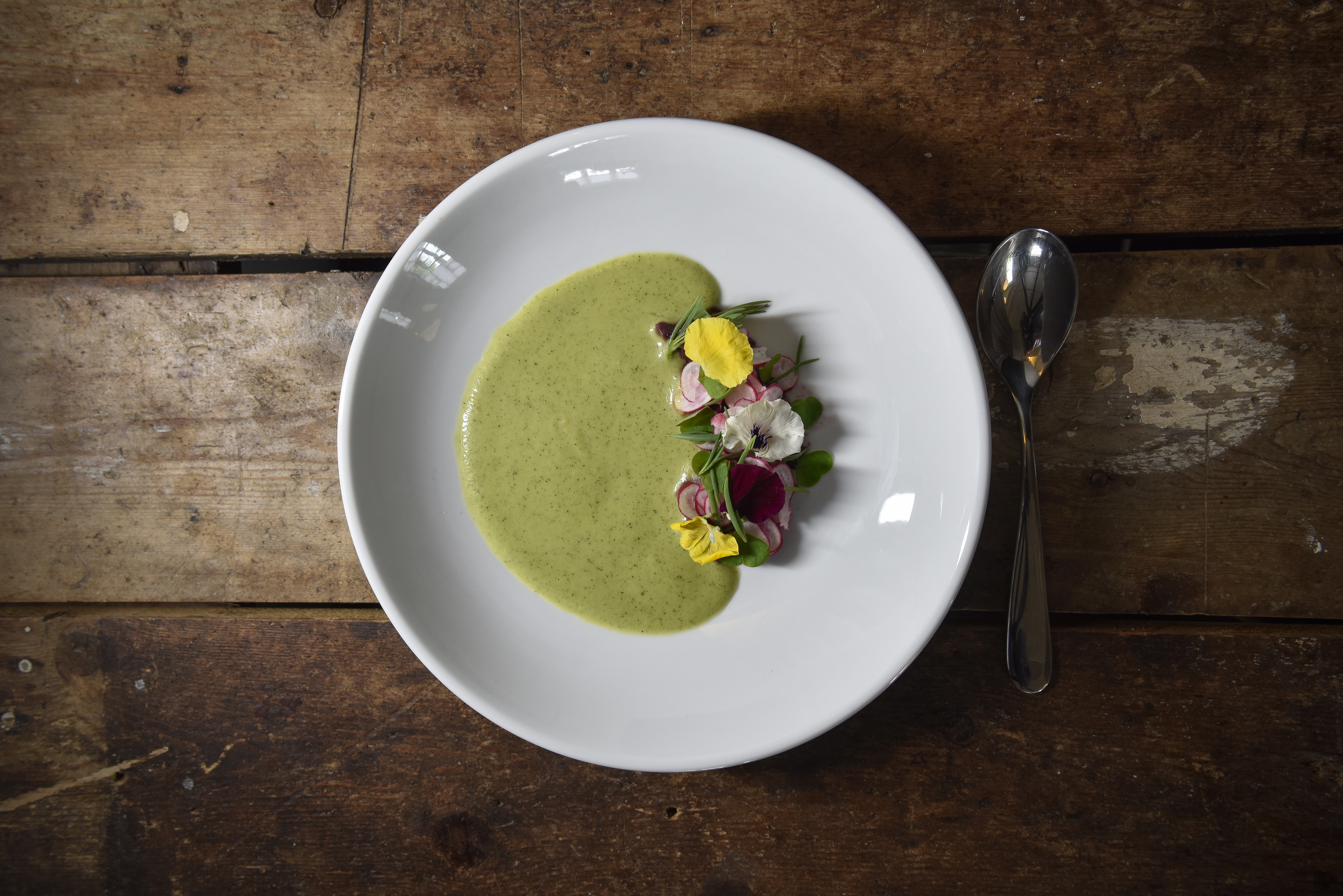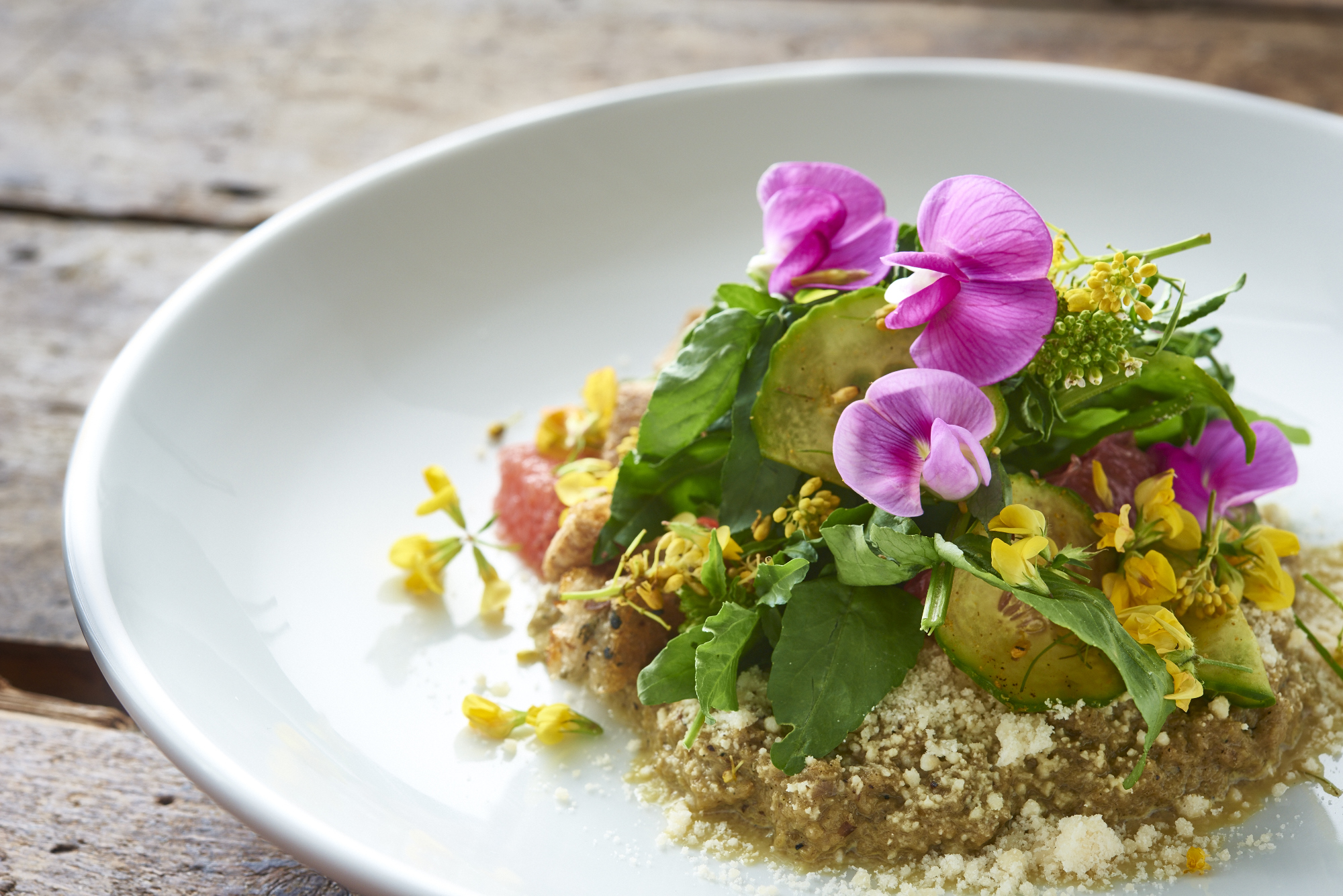We give flowers when a child is born. We give flowers when we fall in love. We display flowers when a person dies.
Why, you may wonder, has one part of a plant been so integral to non-verbal human communication over thousands of years? Since its inception in the summer of this year, we have been supplying the wonderful community kitchen project Refettorio Felix at St Cuthbert's with wild produce. All the photos below are from their servings over the last few months, and include a beautiful array of foraged flowers to go with a brief (human-centric) history of flowers...
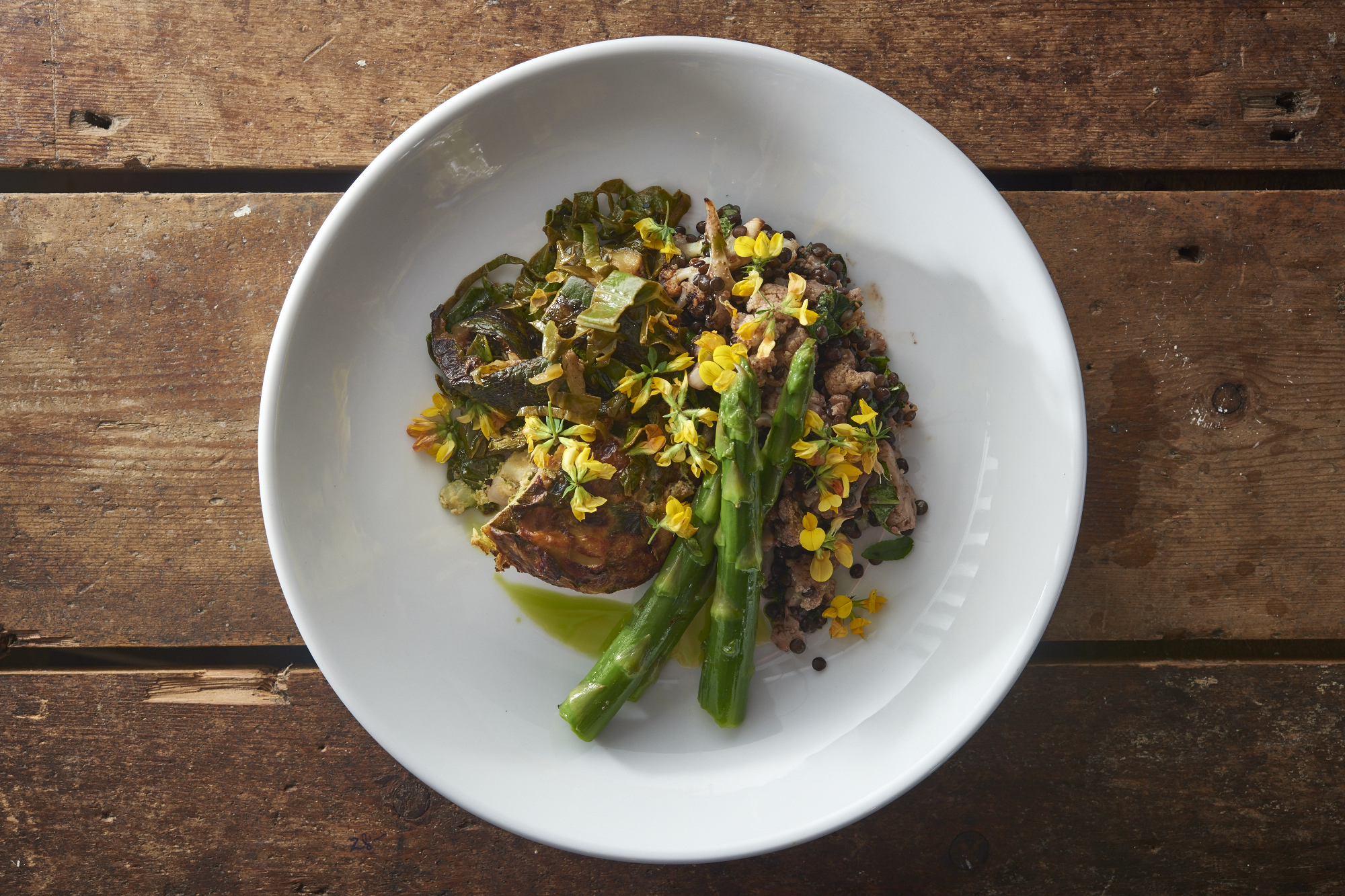
The studied and meticulous use of flowers in human interaction began in the 19th century. The Victorian age brings up ideas of conservatism and stoic grandparent-types not smiling in photographs; a time when talking about your feelings was tantamount to walking around with a cat on a leash. It was an uncommon, vaguely disagreeable sight. However, this was also the era that brought about ‘floriography’; the language of flowers.
In Hamlet, the character of Ophelia gives an entire monologue when she hands out flowers to the other characters; though they think she has gone crazy. The flowers convey individual messages and in order to know what Ophelia is saying you must consult the dictionary of flowers. Firstly, she gives her brother Laertes both Rosemary and Pansies; explaining their role in remembrance. She gives Fennel and Columbine to King Claudius; Fennel translating as flattery and Columbine as the flower for male adultery. She then gives Rue, the symbol for bitterness and regret, to Queen Gertrude and keeps some for herself. She then picks up and sets down Daisy, not handing it to anyone; the Daisy denoting innocence. Finally, she says she would have brought Violets but they had all withered after her father died; Violets being the symbol of faithfulness and fidelity. She is making a scathing comment on moral decline in the Danish court and doing so with only her choice of flowers.
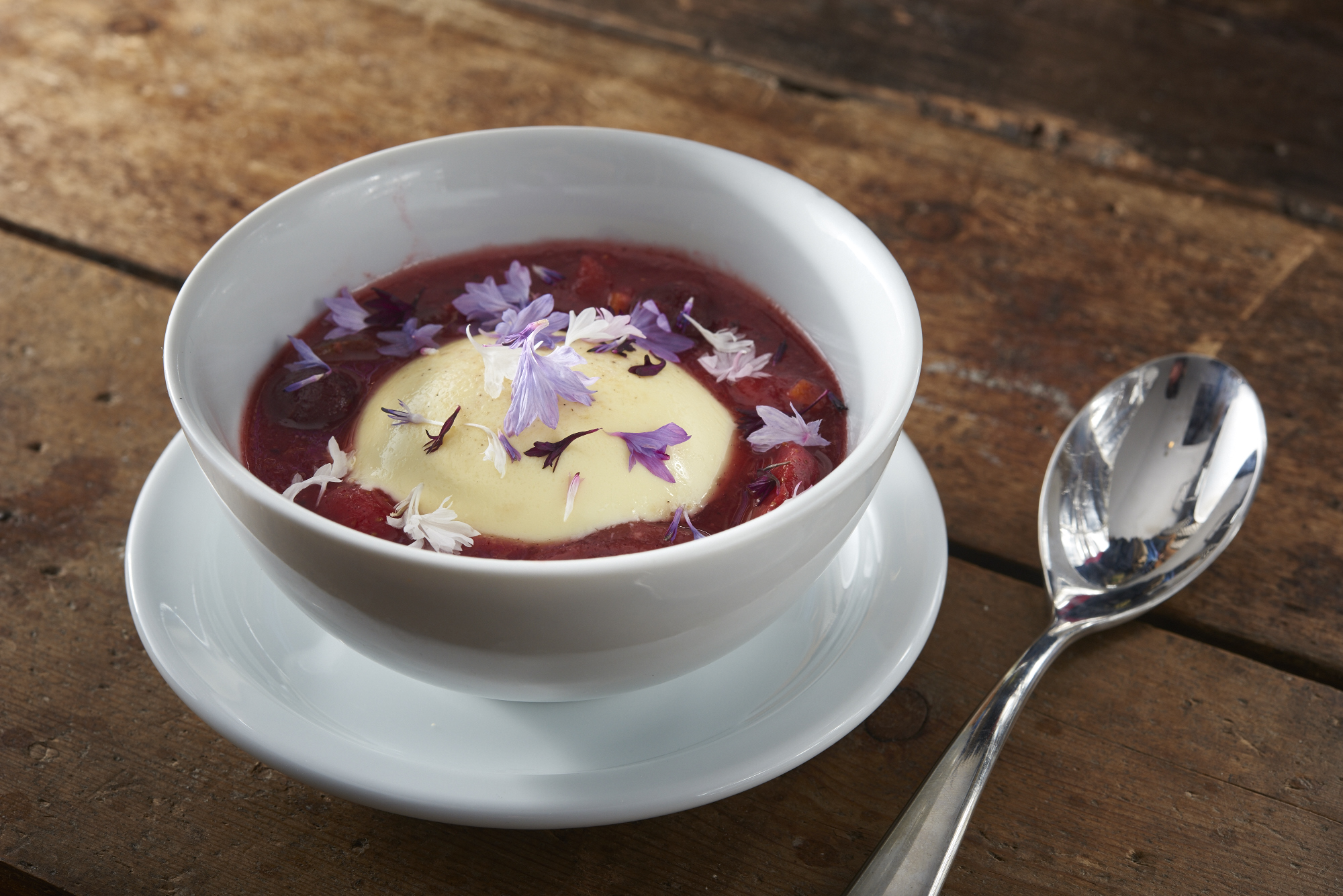
Going back even further the symbolism of flowers is apparent in their role in ornamental attire. ‘Tussie-mussies’ was the name for small bouquets worn by a broach, or with a ‘posy holder’ often made of silver. The old English term ‘nose-gay’ was used in the 15th-century to mean an ornament that appeals to the nose. Of course, this upper-class endeavour soon became an obsession for many who were in the game of ‘capturing’ scents. Napoleon’s lover Josephine wore violet-scented perfume as her trademark; violet perfume being particularly expensive and difficult to attain. This is because violet contains ionone which short-circuits our sense of smell, so whilst it continues to exude its fragrance we lose our ability to smell it. One second it is there and the next, gone. Years after her death, when Napoleon was set to be exiled to St Helena, he made a pilgrimage to her gravesite where he had planted violets and picked some. He entombed them in a locket he would wear until his death.
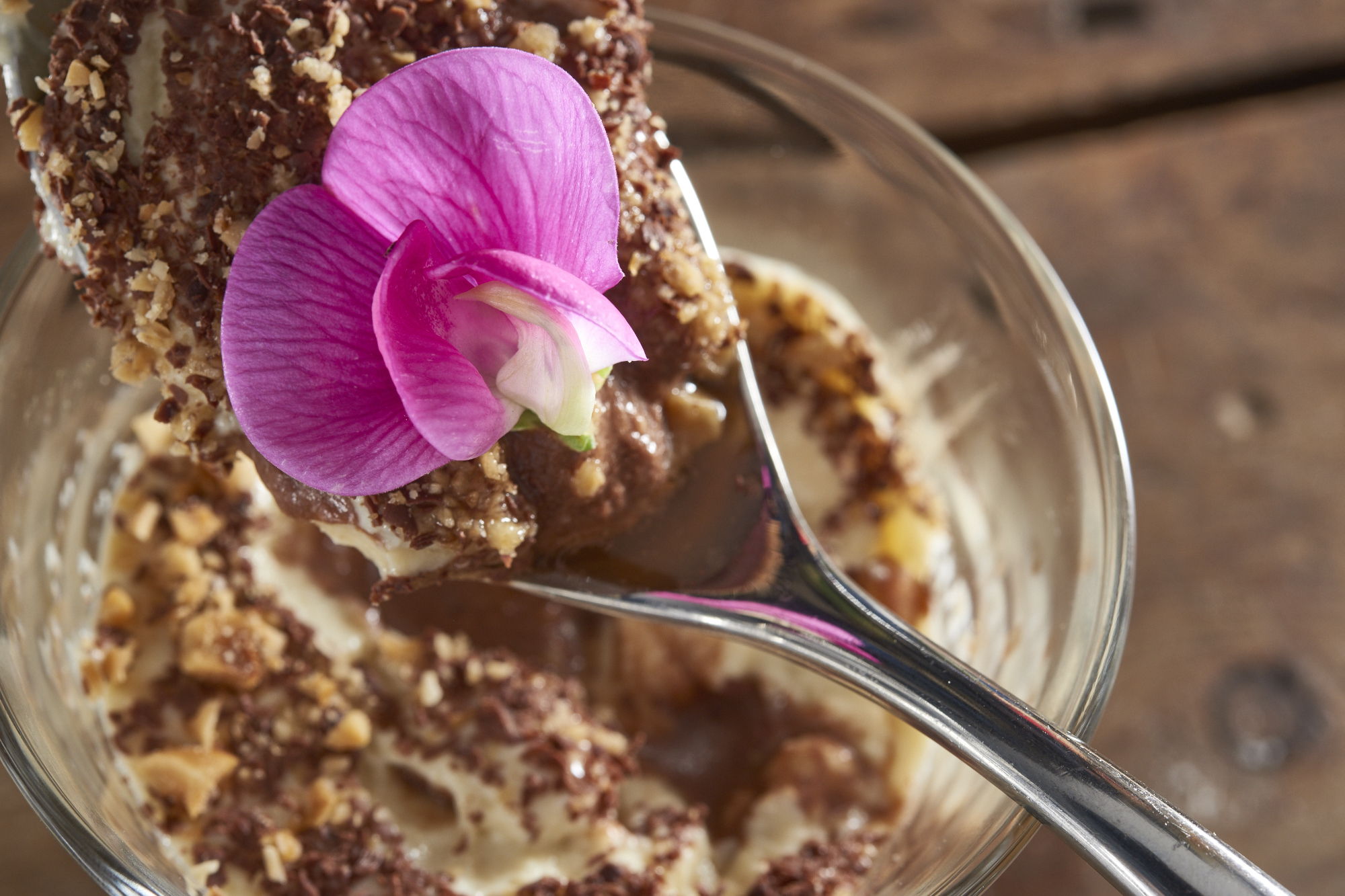
What does all this floral fancy have to do with food you may ask. In many ways flowers have for all of history been a commodity, something to be cut out, stuck in, something to gawk at. When Andy Warhol was asked about his painting ‘Warhol’s Flowers’ (1964); a pop-art treatment of a hibiscus plant; he said that the intention of ‘letting images repeat and repeat... manifests my belief that we spend much of our lives seeing without observing’. The truth is that flowers have always been telling us something. They are the outstretched hand of plants; the picture you see in identification books, the transient gift of nature; they turn our heads and they make us feel loved. And they can be our reintroduction to re-wilding our diet as well.
Sakyamuni Buddha is said to have held a teaching once with many respected disciples. He sat at the front and silently held up a flower. There was some confusion and then one of his disciples, Mahakasyapa smiles and the Buddha concluded his teaching. The flower Buddha held up was that of the Lotus plant, which symbolises estranged love. So the next time you sit down for a meal and see a pretty flower on your plate, off to the side or perched decoratively on top of a salad, remember; it’s trying to tell you something.
